Sustainable Living. Is There More That We Can Do For Future Generations?
Volume 1. Issue 5. June 29th, 2024.
Table of Contents
Editorial Notes - and Sustainable Living by DR Rawson
What Does Sustainable Living Mean? by Gabriella Kőrösi
How to Foster a Sustainable Relationship by Libby Shively McAvoy
Poverty Sustained by Annelise Lords
The People You Let In Your Heart by Leah Linch
Editorial Notes
DR Rawson - The Possibilist
When I was young, we weren’t just a consumer-based society; we lived it, breathed it, felt it. Perhaps the President Ronald Reagan years were some of the worst. It became clear and obvious we were buying or taking way more than we could consume.
Some years ago, futurists realized we must stop removing trees from the forests. Today, the amount of “old growth” is considerably less than before. We started a reforestation process in which owners and growers would plant one, two, three, or more trees for every tree that was removed. In another 10 years or so, we’ll begin to see the benefits of this idea.
Are there other things that we consume that can become sustainable? We say yes and urge you to read this week's Dancing Elephants Press Magazine on Substack. See if it gives you some ideas. Please keep reading.
Sustainable Living. Real? Myth? or Legend?
by DR Rawson - The Possibilist

Tiny spaces are nothing new;` 250 sq. ft. apartments in NY are easy to come by if you can afford them.
Tiny Homes
There's no limit to the possibility, built on a trailer frame, an old school bus, a shipping container, recycled wood, or rock found on the property. Stationary or mobile, the choice is yours. The only limit is your imagination.
Personal Story
My high school friend Leonard Thomas and I talked about sailing a few years back. I love to sail and be out on the ocean. Leonard used to own a 50-foot yacht. His daughter said, “Now that I’ve got my degree, I can work from anywhere. I can use my laptop.” Leonard said, “Katie, what are you suggesting?” She said, “I’d like to get a 24—to 30-foot sailboat and live on board.”
His answer was classic: “Katie, if you can prove to me that you can live in our master bathroom for 30 days, I’ll buy you the sailboat.”
The last I had heard, she lived in Seattle with some girlfriends. Since they all share an apartment, I think she’s living in the tiny space she said she wanted.
Sustainable Housing
This author believes it’s possible for people to downsize. Everything is headed that way. Home prices are going up. Our house has almost tripled in value in the last ten years.
In 1970, I bought my first home. It was 855 sq. ft. (a tiny house is 500 sq feet or less) after I converted the garage into a new master bedroom. It was one story, three bedrooms, one bath, and a tiny kitchen. The front and back yards were slightly wider than the little house, but the backyard had a 20 ft deep usable yard. The rest of the quarter acre went up a hill at a 45° angle. At the top was a magnificent view of Los Angeles. Inside were my in-laws, mother, father, sister, my wife, five-year-old son, and me. I paid $20,000 for the house and sold it for $30,000 a year later in 1971.
The Size Matters
We raised six children in various homes, depending on finances and circumstances. We lived in everything from 855 to 3,000 plus with maids' quarters. Looking back, it was crazy. It was ego and perceived status that put us in those circumstances. At one time, I went bankrupt and lost everything. We went from 3,000 sq. ft. with servants down to a 1,200 sq. ft. zero-lot-line, three-bedroom, two-bath home. It was a truly humbling and great learning experience.
As a homeless kid, we had nothing, and I think some part of me (my ego) kept saying bigger must be better. I was wrong. It is absolutely not better.
When we moved to Henderson, NV (USA) to retire, we wanted a home where all our children and their children could come and stay with us. Once again, a mistake. A large home that makes us two Bbs in a box car when there’s just Margaret and me. The plus side is we can have friends stay with us.
Today
Many boomers feel the need to live in a larger home. I’ve noticed that people in their forties and younger feel better living in a way that doesn’t use up natural and other resources. Some younger people are willing to acquire less, certainly not to excess. With that mindset, we may start using less. As more boomers pass on, the trends in the types of preferred housing will change. It may take three or four more generations, but these will change.
In Conclusion
Tiny Homes, stationary or mobile, will continue to be sustainable lifestyles. We will use less, buy less, and sustain what we have. It is not a fad but fun and sustainable as prices continue to rise.
Practically Speaking, What Can I Do?
I’m so glad you asked. Let’s begin with a mutual understanding:
“The most sustainable thing is what you already own.” It can be tempting to purchase something that’s trending, even if it’s considered a sustainable alternative. However, if you already have a similar item that works well, save your money and wait to upgrade until you need it. Being a more conscious consumer starts with keeping an inventory of the things you already own, so you don’t buy more of what you already have. Click Here for More
Now is the time to slow down and think of even one or two things that you can do to help save resources.
#1. Start by using things that can be used more than once. For example, shopping bags. Buy your own and use them over and over again.
#2 Maybe buying isn’t the only way to go. Rent a nice dress, but don’t buy it. Borrow a tool from a friend, and you will both benefit. Think of other examples.
#3 What do you need to sustain you, really? Food, what can you grow? Clothing, what can you recycle or make from something else?
#4 Personal Story - We had six children between 1968 and 1981. We had to recycle clothing whenever we could. That way, if we purchased nice clothing, the next one would benefit, and so on.
When our 5th child turned five, he asked his mom one night: “Can I please have a new pair of shoes? These are bad. My wife looked, and he was wearing shoes with a hole in the sole of one shoe. She said, “Cameron, I’ll take you shopping in the morning and we’ll get you some new shoes.”
The next morning, Cameron was standing at the inside garage door. “Let’s go, Mom. I really need new shoes.” His mother said, “Cameron, once breakfast has been served and eaten and I have done the dishes, we’ll leave and get you your shoes.” He said, “They’re just outside, stored in the garage.”
“Mom. I really need new shoes,” said Cameron
His mother said, “Cameron, once breakfast has been served and eaten and I have done the dishes, we’ll leave and get you your shoes.”
Cameron had never been to a store for clothes or shoes at age five. He wore hand-me-downs. He was excited when he found out he could buy shoes from a store.
Being that thrifty (to my wife’s credit) was so helpful to the family budget.
#5 A friend once said, “You have an iPhone 10? I have an iPhone 5. By the time I spend money to upgrade to make a call, you’ll probably have an iPhone 15.
I have an iPhone 15, but my iPhone 12 has stopped working. My wife has a twelve and has been eligible to upgrade for some time. She says, “This one does everything I need. When it stops working, I’ll upgrade to maybe a 14.” You guessed it. My wife’s personal motto is, “I never met a retail price I liked.” We don’t buy anything unless it’s on sale, period.
#6 The furniture in our home is what we like to refer to as “comfortable.” It comes from the idea that we want our guests to be comfortable. Our front room furniture is almost as old as I am. It’s seventy-five. Our master bedroom furniture, the hardwood, not the bed, is more than forty years old. We have an elaborate “Hope Chest” -looking box that was once a tool and die maker’s dream. My grandfather had it built with inlaid materials in 1927.
Finally, I once turned around a company that remanufactured Herman Miller Furniture. We had a whole department for granite tables. I found a piece about 3.5 feet in diameter that would be a perfect end table someday. After a few years of sitting in my garage, I passed by a neighbor’s home one morning, I passed by a neighbor’s home. They had the bottom oak claw foot table at the curb marked “Please take.” I wrote “Thank you on the note and drove off with the base for my marble end table. All I had to do was cut it down to the right height and polish it up. It’s now almost twenty-six years old.
#10 My wife makes the best Italian tomato-based sauce. In CA, I challenged her to grow her own tomatoes, can them, and make sauce whenever she needed to. Did I tell you she’s a redhead? Challenge accepted.
When the tomatoes were ready, she canned them all except the ones she used to make sauce. She entered the sauce into the LA Country Fair that year and won second place. I told you my wife was a winner.
In Conclusion
We’ve all had fun with these stories, but they prove a point. Living sustainably is important, but it doesn’t have to be serious.
What Does Sustainable Living Mean?
by Gabriella Kőrösi
To me, sustainability means that humans, animals, and plants can survive and thrive in this world. The ability to eat well, have transportation, a safe place to live, clothing, heating, cooling, and water, and the option to do what we need to do as humans in a way that cares for us as well as for our environment. The way industry is set up now there is a lot of environmental destruction that increases human suffering and diseases. A lot of our air, water, and soil are polluted. To be sustainable we need to do better than what we are doing now. The ability to recycle and reuse is one way to be sustainable. I try to reuse as many things as I can and not buy new things unless I absolutely need them. I also believe that foraging, composting and companion planting are ways to increase sustainability in our lives.
I decided to increase sustainability in my life by investing in planting many fruit trees on our property, berry bushes, and plants to use as herbs and for teas. I also decided to buy a freeze-dryer. Freeze-dried foods last 25 years. With a few exceptions most foods can be freeze-dried and they keep fresh with the same nutritional profile when they were fresh. I am uncertain if food will be or not be affordable once I retire. Based on how food prices and everyday living prices are increasing now, I am estimating that I will not be able to afford to buy the foods I like when I retire. With my freeze dryer, I can get things now when they are on sale or pick fresh from the garden and enjoy the fresh food many years from now.
Another way to support each other and increase sustainable living is bartering. I love the natural bartering when it happens. I love to share the goods that we produce on our farm with family, friends, and neighbors. Many times the same people will ask if we want something when they have extra. An example would be sharing eggs with our neighbors and receiving apples when they have too much for them to eat. Another example would be sharing some dried mint tea leaves with a fellow co-worker who in exchange brings a different type of tea. These exchanges happen naturally without expecting anything from anyone. A simple share, yet most people want to give something back when you share with them.
One of my friends belongs to a group called “pay nothing”. Group members post things they don’t need for free. Others pick it up if they want it. I had received many of these free gifts from my friend and enjoyed all of them. I think it is great to donate items, list things for free, and give them to people who can use them. I believe sustainable living is a lifestyle that benefits everyone.
How to Foster a Sustainable Relationship
By: Libby Shively McAvoy
We may think of sustainability in terms of the environment, but it is also essential in relationships.
For a relationship to endure, it must be built on a solid foundation of honesty, trust, respect, appreciation, good communication, intimacy, and fun. When we keep these ingredients in balance, a relationship can thrive.
Sadly, statistics prove that our generation is not building sustainable relationships like those modeled by our grandparents or great-grandparents. Our generation is distracted by the conveniences of cell phones, the internet, and social media. We are too busy trying to please other people and live up to other people’s standards instead of being happy with who we are. So, how can we thrive in a relationship when we are chasing unrealistic expectations?
We bring past traumas and toxic behaviors into current relationships without taking time to heal our wounds. This is not sustainable.
How to Have a Sustainable Relationship
For a relationship to thrive, you need to be each other’s world. You have to fertilize your garden of love. Your fertilizer is the way you treat each other. You have to help each other, make each other feel heard and understood, safe, and supported.
Raise your emotional intelligence. You can do this at any age — it starts with awareness. Feel and express your emotions without letting them negatively affect those around you.
Get to know yourself. Spend some time alone. Start a hobby, meditate.
Practice self-acceptance and self-love. To do this, you can start with positive affirmations and journaling.
Be authentic. Be as weird and unique as possible, and stop looking for external validation. You will attract the right person by being yourself.
Forgive anyone and anything that has hurt you. This is your ticket to freedom. You do not have to tell them, but do it for yourself. This will only work when you are ready.
Be ready to accept your partner, flaws, and all. Love them for exactly who they are. Cherish them. Appreciate and respect them.
Final Thoughts
Nothing is better than a relationship that can sustain the test of time. Knowing your partner will always have your back is worth the hard work. Isn’t this what we all aspire to?
Thank you for taking the time to read this and for nurturing your relationships.
Poverty Sustained
By Annelise Lords
Our world is changing, Earth is getting hotter, very hot and that’s a cry for a more sustainable lifestyle to preserve human existence. Climate change is wrecking many economies and many people are suffering. Greed is one of the main reasons our world is getting hotter as millions of trees are being cut down to build skyscrapers.
Investors are going into poor countries like mine where the US, Pound Sterling, and Euros are overvalued and buying up the best lands, destroying and removing trees to build high-rise luxury apartment complexes.
Poverty aids us in living a sustainable lifestyle, unaware as many of us are eking out a living so we find economic and innovative ways to survive. Most Jamaicans depend heavily on the land to survive. I grew up eating minimally processed foods. Cheese, can Corn-beef, are a few processed foods I remember eating. Our diet was always plant-based.
For small farmers who can’t afford the expensive imported fertilizer, poverty demands that they find cheaper innovative but natural ways. They go to the markets in their towns and collect vegetable waste left over by the sellers, to use as compose and also feed their animals. They also use animal dung. They store rainwater to water their crops too.
In the rural areas in Jamaica, the air is cleaner as it is underpopulated with millions of various fruit trees and other non-fruit trees too. The people living in the countryside are healthier and they live longer. They have access to foods in their natural stage where all of the nutrients are processed naturally by nature. Herbs grow naturally in almost every yard. They have access to natural herbal tea. They make their own chocolate from the Cocoa they grow.
Also coffee from the beans in their back yard. It’s ground by simple and natural methods. Tasting both of them, gosh you would never go back to the processed stuff you buy in the supermarket. Being poor, whatever utensils are available will be handled with care and used for a long time. Cutting back on plastic use. Technology is a slow process there as many Jamaicans are comfortable with their lives the way it is.
When I go to the market, I can identify the small country sellers from the ones with larger farms that use artificial fertilizers. Their foods look richer and more natural. The country sellers look healthier than the city sellers. Some of these males and females are in their sixties, seventies, and eighties, and a few are in their nineties. They are happier, kinder, don’t stick out on prices, and make you want to come back next week.
Many don’t have a wrinkle on their dark or light brown skin. I swear. When I go back home I will take pictures to prove it. They look healthier, younger, and stronger than many thirty, forty, and fifty-year-olds living in the polluted overpopulated city of Kingston. The sellers that live in the city are the opposite.
These people live off the land without harming the environment, sticking to what works naturally and healthy for them. Yes, many of them are poor. They are happy to farm their small plot of land and take their produce to the market to feed us.
When many Jamaicans are sick, they go to the country back to their roots to the many cures and remedies that heal them as children. Many herbs are sold in the market because it grows wild across Jamaica. Doctors are a last resort here, as we utilize our knowledge of natural herbal cures and remedies.
For detox, I blend about two ounces of naturally grown turmeric, several pieces of aloe vera grown in my backyard, and a large sugarloaf or cowboy pineapple. I blend everything, strain with a clean cheesecloth, and drink once a week. This is the Cerasee, we drink tea to prevent mosquito bites. It also cleans the blood.
This is callaloo and spinach in the back of my yard. Aloe vera and Leaf of Life in my backyard. Leaf of Life is good too. an herbal remedy to treat respiratory conditions such as asthma, colds, coughs, shortness of breath, and bronchitis. Oraillo, or Cold bush, is good for removing cold from the body. But it must not be picked after certain hours and when blooming.
Some of what I buy at the market.
We drink ginger tea for nausea. Natural fresh peppermint for indigestion. Soursop leaf tea to relax the nerves. Asthmatic drink cotton tree leaf tea. The cotton must be open on the tree for the medicine to work. Along with Susumber leaf tea, it lifts the mucus out of the body and helps them to breathe better.
Susumber, also known as gully beans, is said to have many healing benefits. Some of these benefits include cancer protection. Susumber is antibacterial and anti-fungal and may help prevent excessive cell growth.
Eucalyptus leaves are dried, then brewed for tea sweetened with honey for my Sinus issues. Ackee leaf tea is good for menstrual cramps and pain. Poverty aids in us living a more sustainable lifestyle, without adding much to impact our world negatively.
In the city, everything is the opposite. Most Jamaicans are not environmentally friendly people. We have so much, and most take it for granted. Everyone wants to live in the city, where technology thrives. Plastic is not recycled and is often thrown into the sea.
Being poor aids in our unconscious ability to positively impact the sustainability of Earth. I think it’s the opposite for many of the wealthy people. Technology aids in them increasing their wealth at a cost to Earth and humanity. Is it possible that the poor are preserving our earth, while the wealthy is doing the opposite? Jamaicans need to do more to help save the Earth. So does humanity.
The People You Let In Your Heart
By LC Lynch
Swirling colors meet
looking for meaning
feeling slightly lost
but you’re still dreaming
Going deep within
so that you can find
a sense of purpose
to finally guide
Your way forward
to the next step
fully embracing
where you are swept
The greatest surprises
are new connections
bringing happiness
beyond exception
It’s not what you do
that sets you apart
but only the people
you let in your heart
© LC Lynch 2024
Reaching your destination is never the sweetest part of life. It is the experiences and people you meet along the way that bring you the most fulfillment. Somehow the right people always find you at the perfect time. Everyone has something different to teach you, you just have to be willing to learn.
The Future When We Think of Humanity and Artificial Intelligence
Check out this great conversation about our way of living and the changes happening. What will our future look like?
Support Dancing Elephants Press Writers by subscribing and donating to Ko-Fi
Your editors this week were DR. Gabriella Kőrösi and DR Rawson. We hope you enjoyed our magazine. We appreciate any feedback.








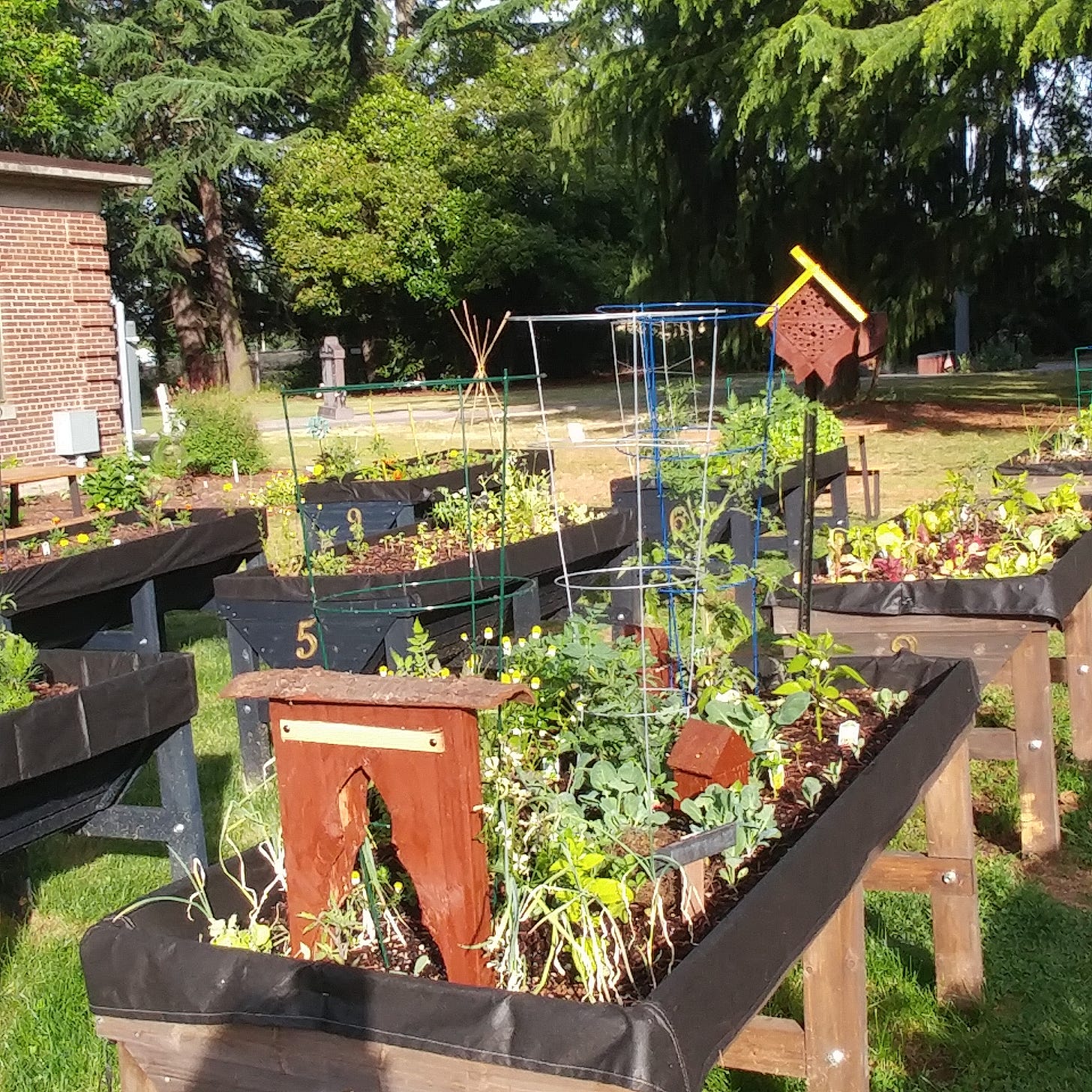
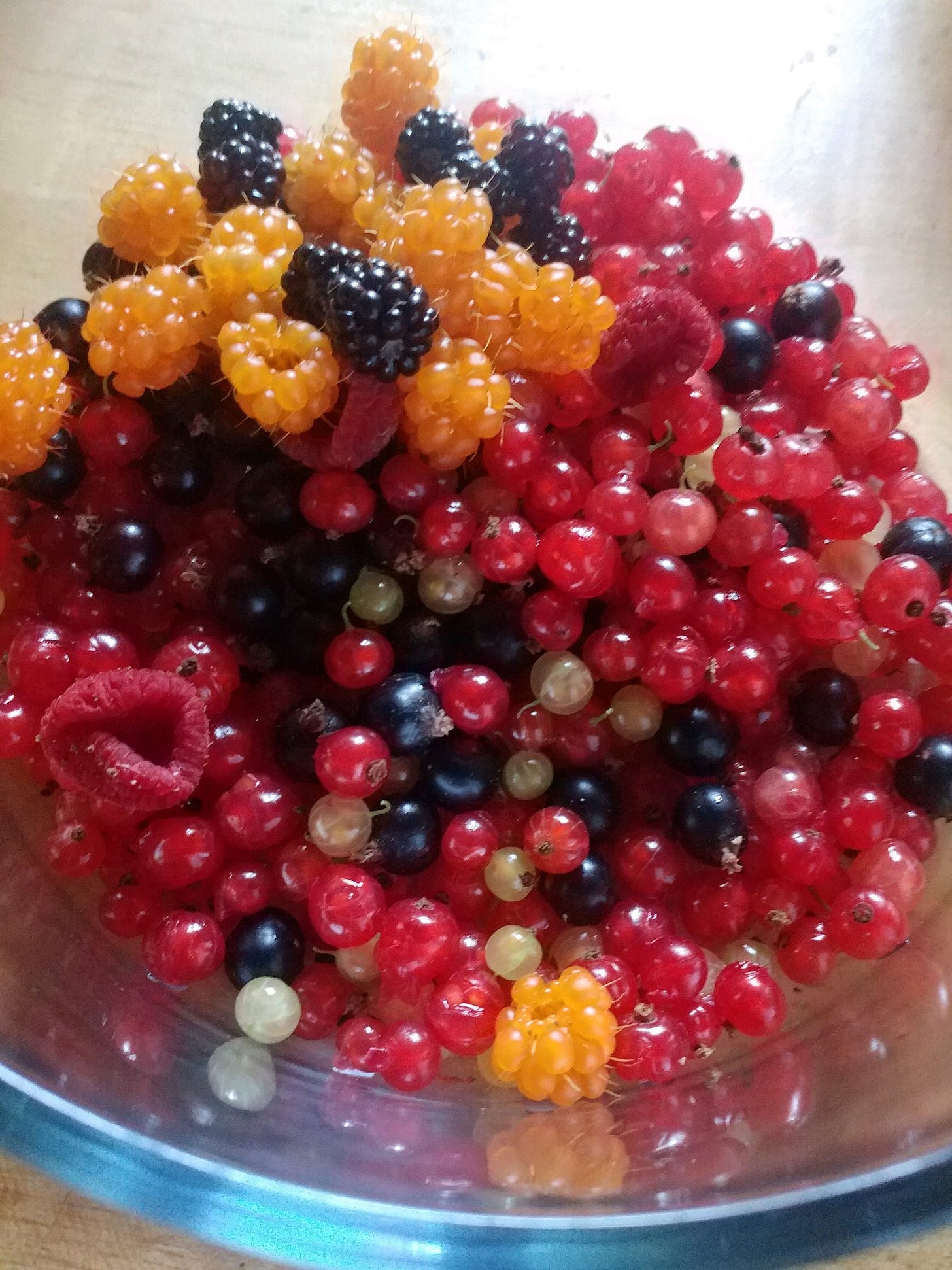
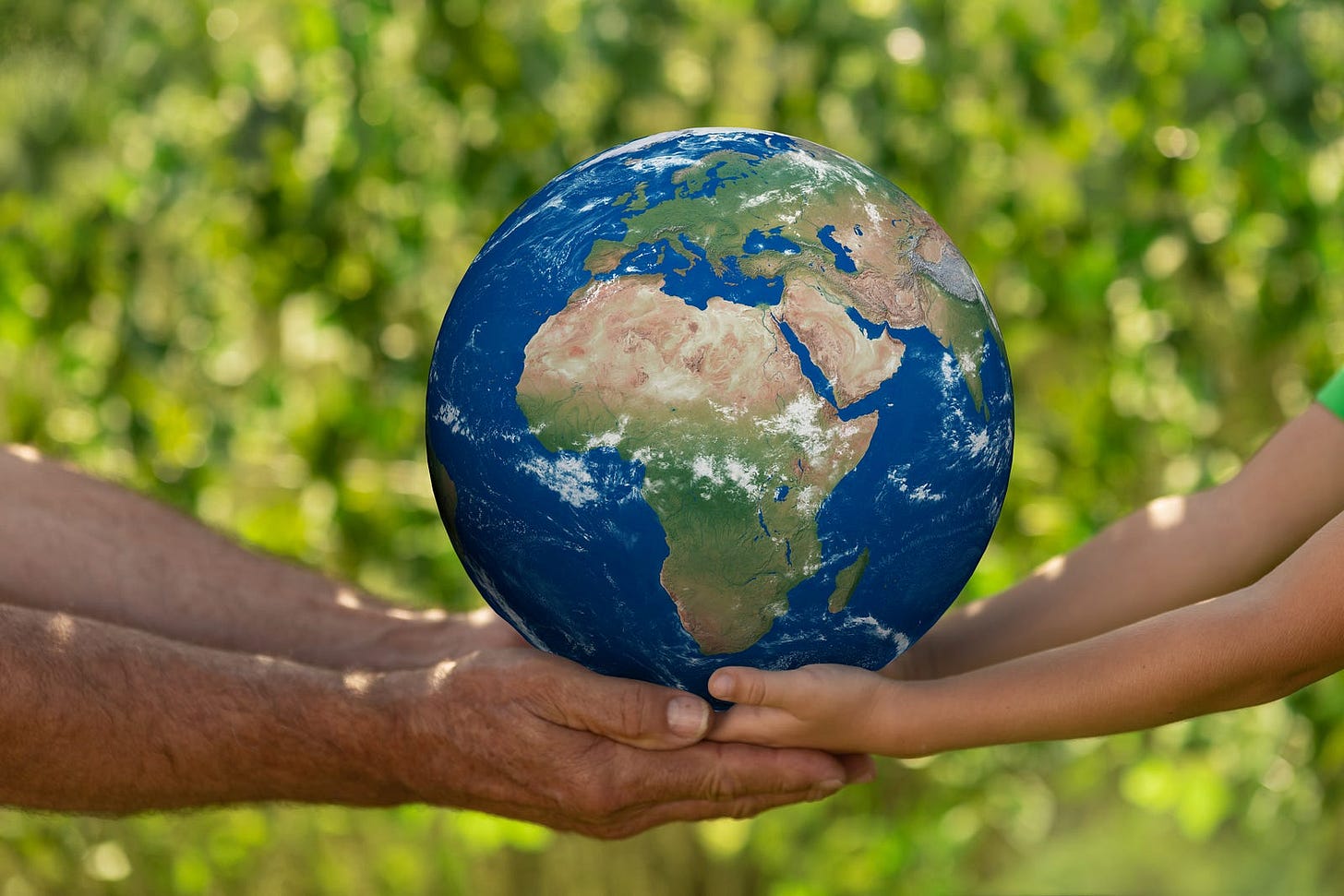
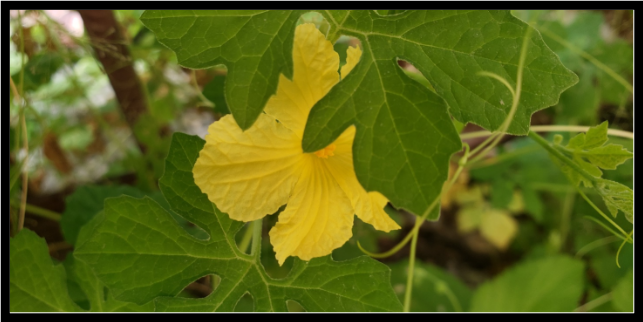
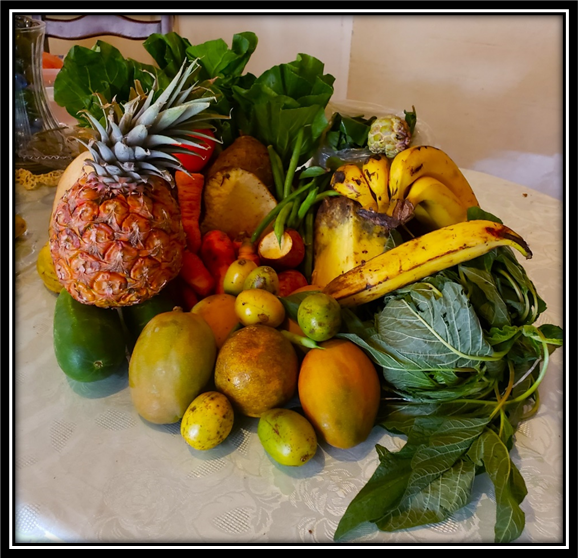
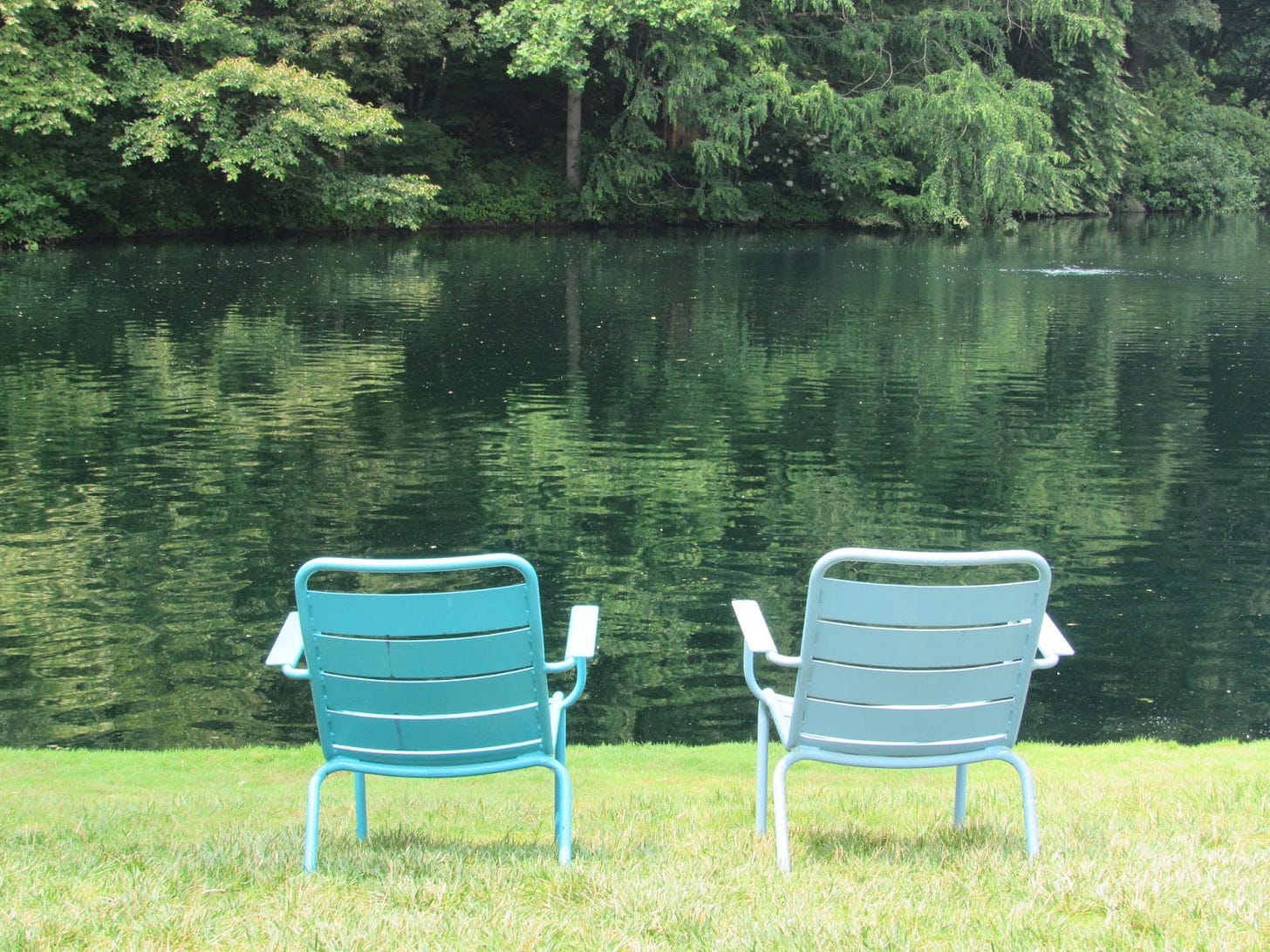

Fantastic articles that offer different perspectives on Sustainability.
Another amazing magazine with great viewpoints.